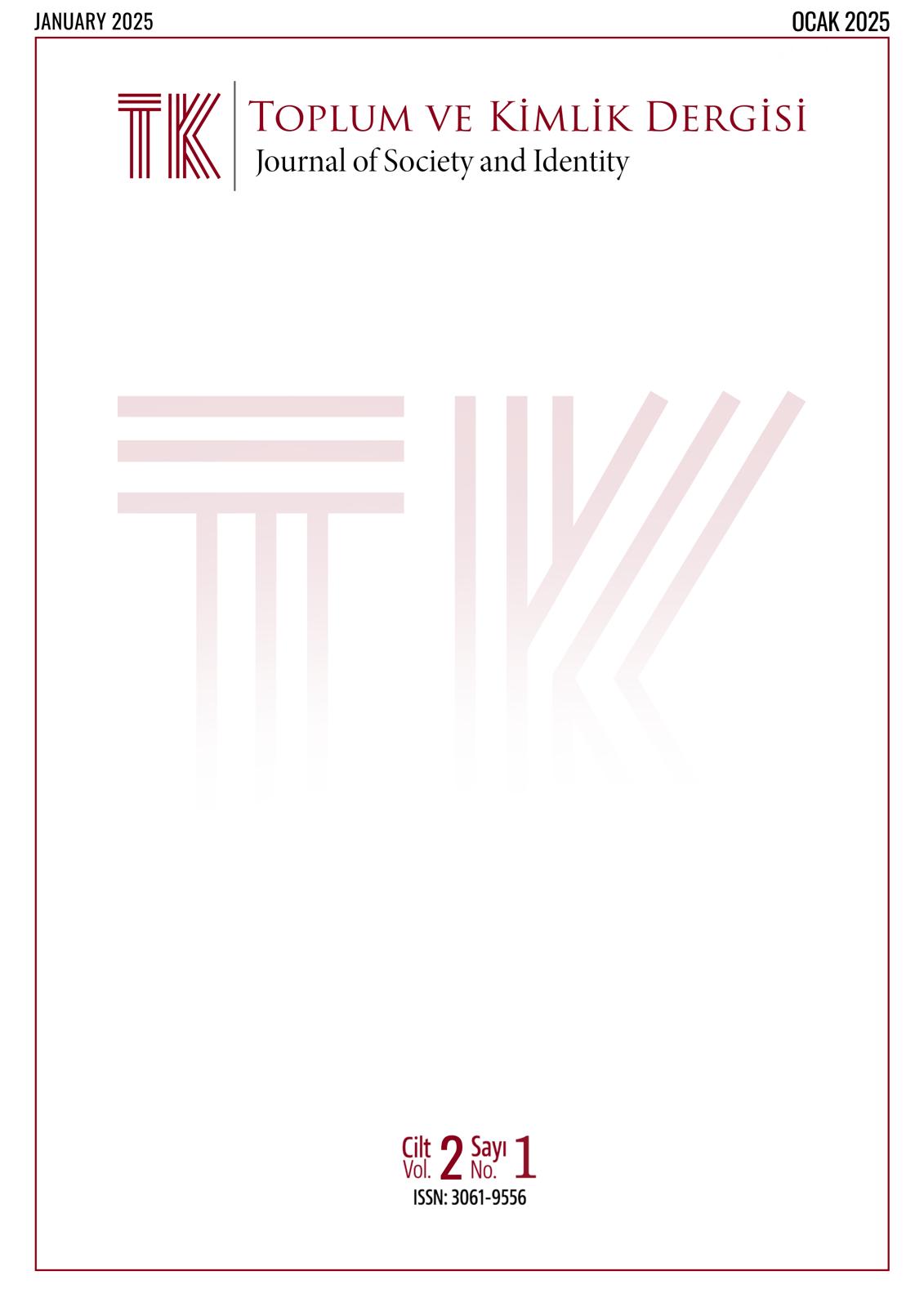Access to Social Services among Communities in Kakuma-Kalobeyei: The Inhibitive Regulatory Frameworks and the Intervention by Non-State Actors
DOI:
https://doi.org/10.5281/zenodo.14789638Özet
The integration of the refugees in Kenya, especially under the Comprehensive Refugees Response Framework-CRRF, has adopted different plans and incorporated different stakeholders in ensuring increased access to services by both the host communities and the refugees in promoting social cohesion. The UNHCR and the Government of Kenya, for instance, settled on a pilot project at Kalobeyei settlement as a model in Turkana County that would enhance self-reliance among the refugees and the host communities in promoting service delivery and cohesion. However, fieldwork research conducted in late 2021 has revealed that access to services like education has been hampered by regulatory frameworks put in place by the government. For instance, before children are registered in schools, they are required to have a birth certificate, which is only available at Lodwar, which is 120 kilometers from Kakuma-Kalobeyei. Coupled with poor infrastructure and expensive means of transport, many parents fail to acquire the birth certificates necessary for the registration of their children in schools. This is true also with the requirements on the size of the classroom and child protection measures. Subsequently, this study has explored the role played by non-state actors in aiding the agency of the residents of Kakuma-Kalobeyei in meeting the regulatory requirements to access social services. By employing the use of qualitative data collected at Kakuma-Kalobeyei, it has been established that non-state actors are instrumental in providing necessary physical infrastructure, facilities, training, and food in meeting the regulatory requirements imposed by the government, thus aiding access to social services.
Keywords: CRRF, education, health, integration, Kakuma-Kalobeyei, refugees, social protection.
Referanslar
Betts, A., Omata, N., & Sterck, O. (2020). The Kalobeyei Settlement: A Self-Reliance Model for Refugees? Journal of Refugee Studies, 33(1), 189-223.
Mbaka, J. (2017: 30 December). Education: All that Parents Need to Know Ahead of 2018. The Star Newspaper.
Mogire, E. (2009). Refugee Realities: Refugee Rights Versus State Security in Kenya and Tanzania. Transformation, 26(1), 15-29.
Mwadinze, C. (2022: August 7). Physical Facilities Requirements for Registration of Pre-Primary Primary APBET and Special Schools in Kenya, Teachers Updates. https://teachersupdates.co.ke/primary-schools/physical-facilities-requirements-for-registration-of-pre-primary-primary-apbet-and-special-schools-in-kenya/
Ogechi, N. O. (2019). Ethnicity, Language, and Identity in Kenya. Modern Africa: Politics, History and Society, 7(1), 111-135.
UNHCR, (2019). Kenya Comprehensive Refugee Programme 2019-2020: Programming for Inclusive Solutions and Sustainable Development, Nairobi: United Nations High Commission for Refugees.
GoK (Government of Kenya). (2002). The Basic Education Act. Government Printer, Nairobi.
GoK (Government of Kenya). (2013). The Basic Education Act. Government Printer, Nairobi.
GoK (Government of Kenya). (2021). The Refugee Act, No. 10 of 2021. Government Printer, Nairobi.
IFRC (International Federation of Red Cross and Crescent). (2016). Smart Practices that Enhance Resilience of Migrants, a Summary Report. Accessed 20th August 2020, from: www.ifrc.org/en/news-and-media/press-release/general/world-refugee-day-new-ifrc-study-shares-smart-practices-for-building-resilience-of-vulnerable-migrants.
IOM (International Migration Organization). (2018). Migration in Kenya: A Country Profile. IOM: Nairobi.
Sturge, G., & O’Callaghan, S. (2018). Against the Odds: Refugee Integration in Kenya. Oversees Development Institute: Blackfriars Road.
UNHCR. (2014). Kenya Comprehensive Refugee Programme 2014. UNHCR.
UNHCR. (2016). The Kalobeyei Integrated Social and Economic Development Program (KISEDP), Kakuma, Kenya: UNHCR.
UNHCR. (2024). Kenya Statistics Package of May 31, 2024. Kenya: UNHCR.
WBG.(World Bank Group). (2020). World Bank Country and Lending Groups: Country Classification. World Bank: Washington, D.C.
İndir
Yayınlanmış
Nasıl Atıf Yapılır
Sayı
Bölüm
Lisans
Telif Hakkı (c) 2025 Calvince Omondi Barack

Bu çalışma Creative Commons Attribution 4.0 International License ile lisanslanmıştır.







